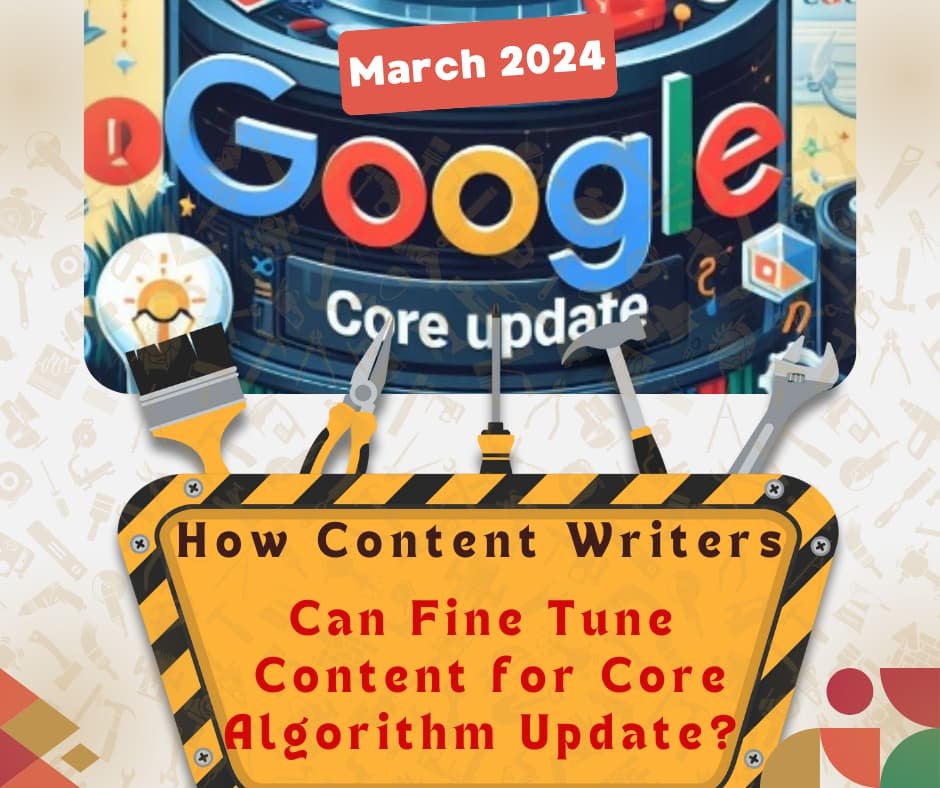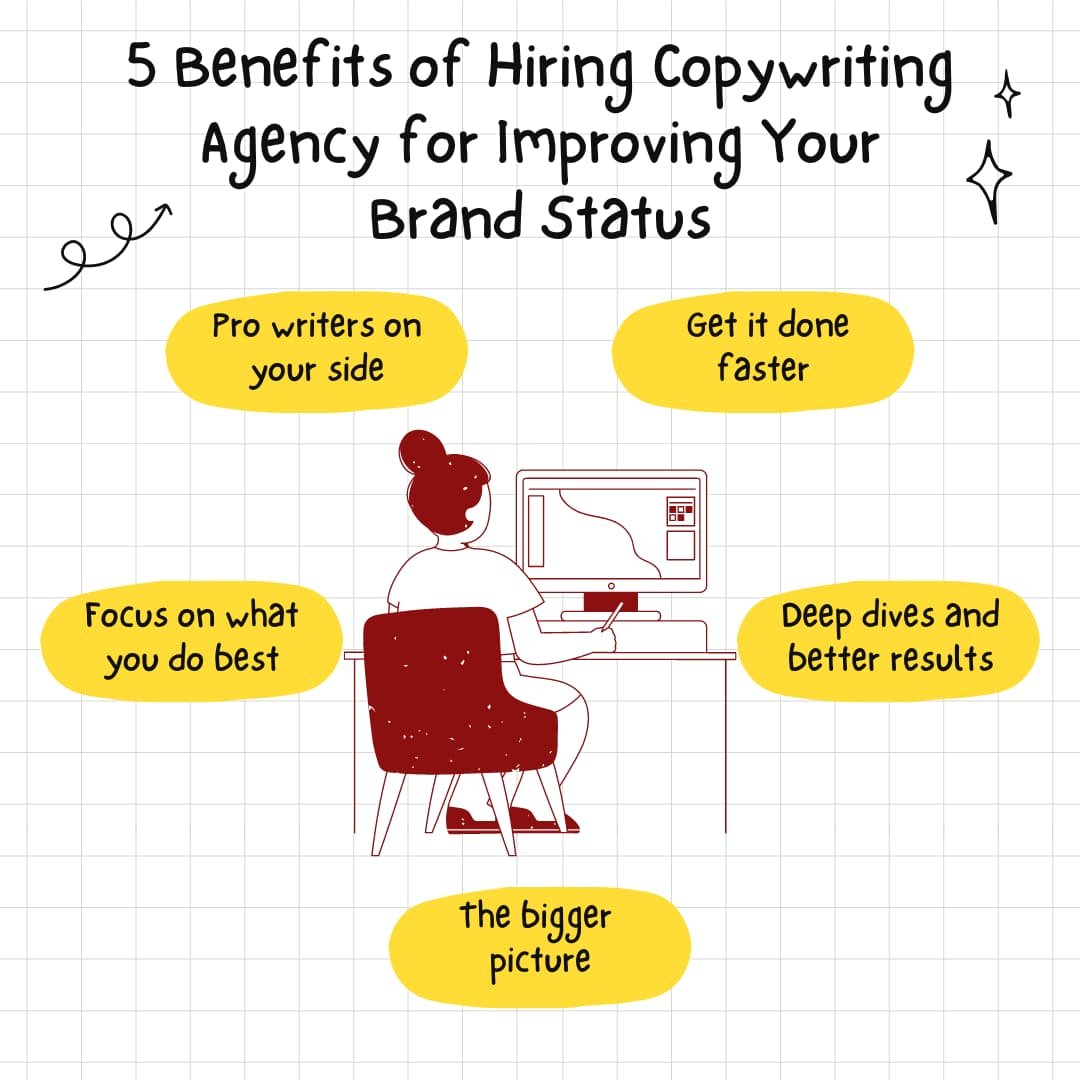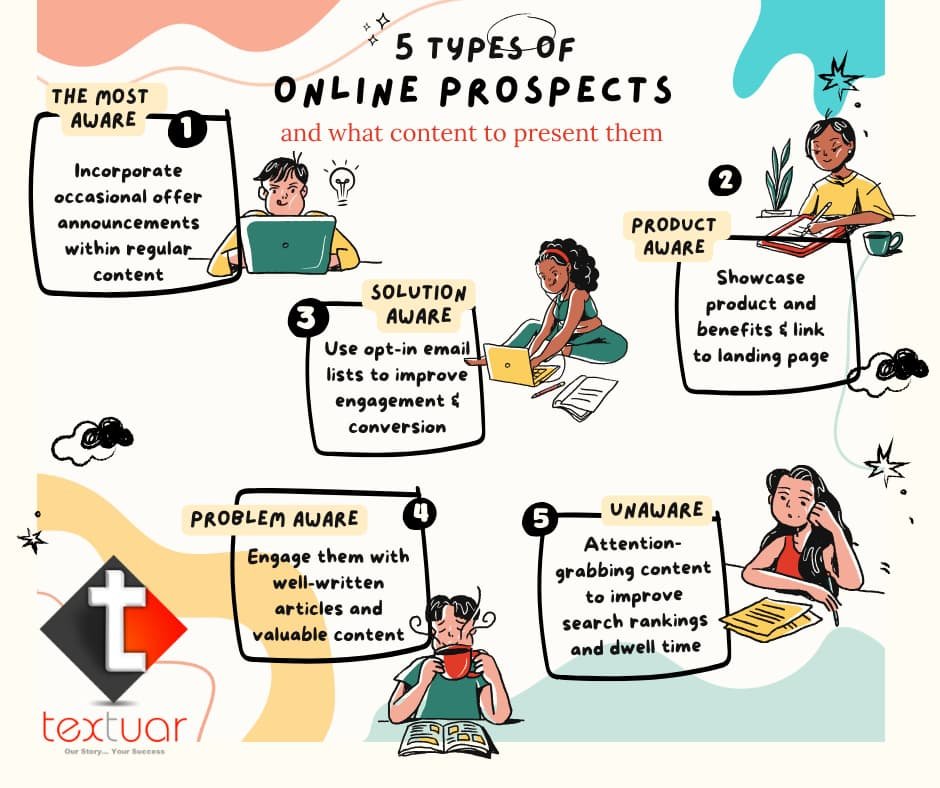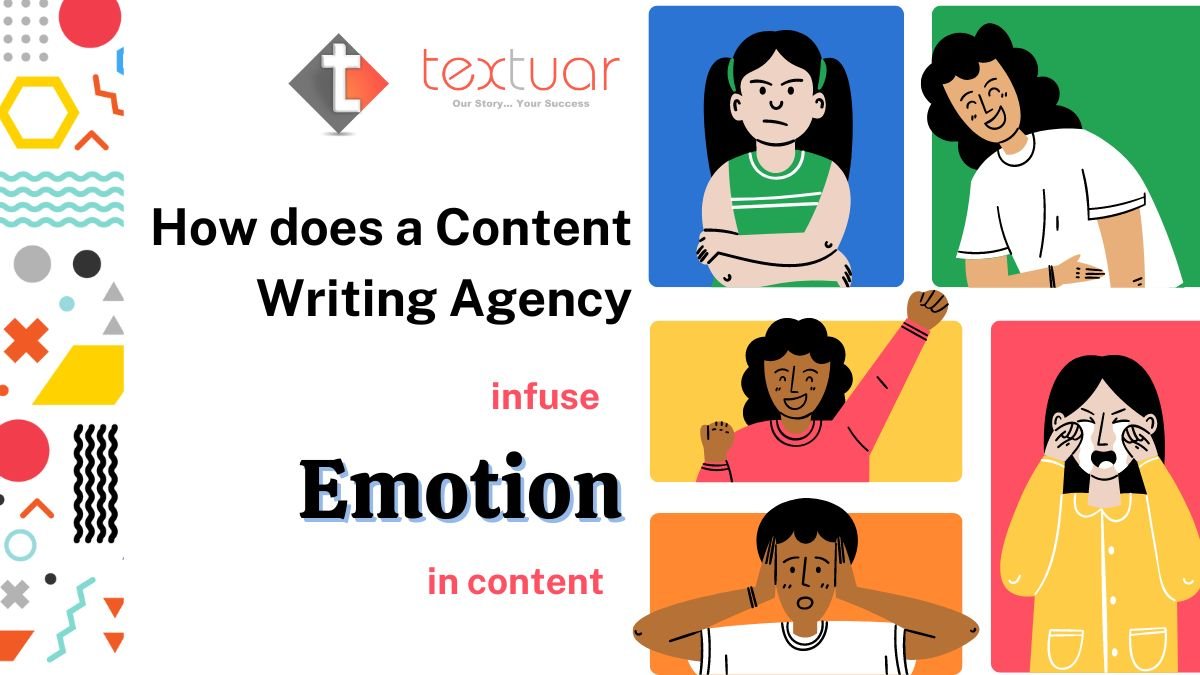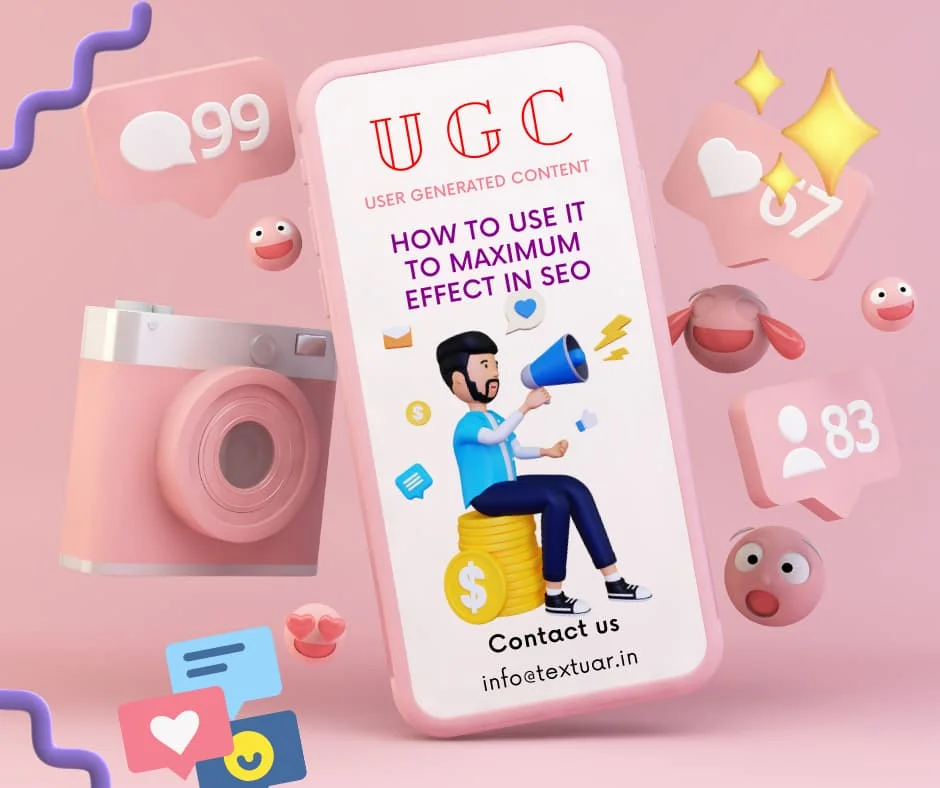An introduction plays a very essential role in every document. Without it, the reader will feel lost and clueless about what the document means. The introduction covers and explains quickly what the article talks about, it gives a gist to capture the attention of the reader to engage them in reading the whole article. Since it plays a crucial role it is important to write an effective introduction. Many professional article writers can be of great assistance to produce an introduction that will grab the attention of the viewer.
=== Table of Contents ===
Toggle
There are a lot many things to consider while writing an article that should compel readers to stay connected. Professional article writers provide and fulfil the requirement that is essential in any article. Here are a few pointers to understand why a good introduction is a key element in any article.
1 – Things to Consider in a Good Introduction
An introduction is the first thing that tells the reader about the article. If it is made properly then it will attract more readers and encourage them in reading the rest of the article. It is in a way a small summary of the whole article, well it does not speak about the conclusion but covers enough points to help the reader understand the content.
Prepare Short Sentences
Things one can start with is making sure to have short sentences. Short sentences help to highlight the few important points while making it less confusing for the reader while going through the article.
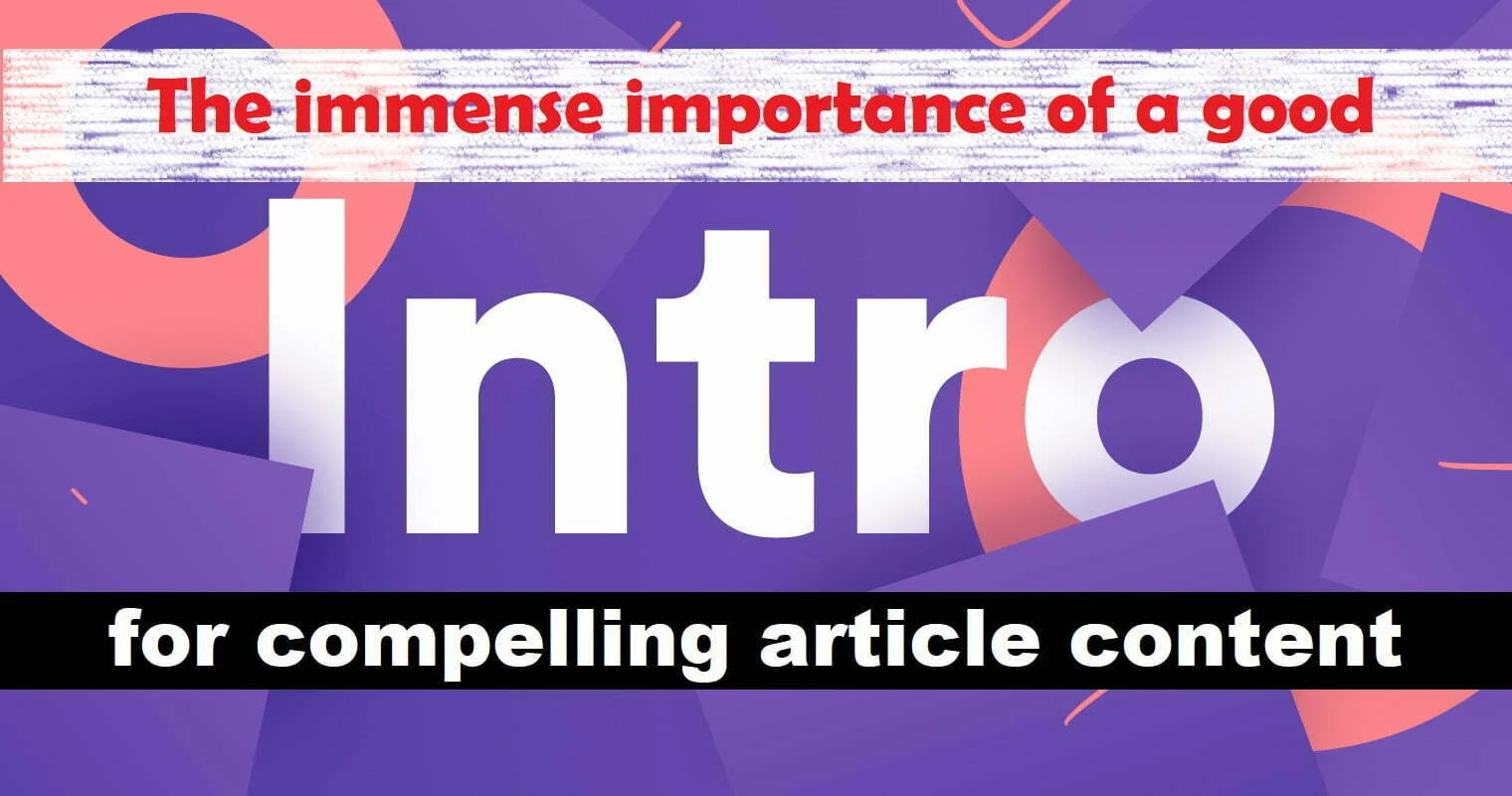
Make Sure to Use a Fresh Title
It is best to avoid repetitive use of the same title. If the reader has already read the title it would be dissatisfying for the reader to read the same title and also confuse them if the matter is unique or repeated.
Cover the Essential Point in the Introduction
From the readers’ perspective, everyone wants to read a fresh and not the usual introduction. It is important to be creative when it comes to writing. The introduction must cover a few essential points that will be speaking about in the content. This allows the reader to develop a framework and interest in reading the rest of the article.
You, it’s a powerful word
This word helps the reader to connect with the writer. It develops a sense that the article is speaking to them or its written for them. People only love reading something when it connects to them. When it makes them feel that they are a part of it. These few points are essential in writing. But one must be careful while using the word ‘you’ as for some it may also feel attacking.
What the article covers and why it is important
The introduction must cover these two aspects. As discussed in the above paragraphs, the professional article writers must give the readers a gist of what exactly the article talks about and why it is so important. Without specifying the importance of the article, the reader may lose interest in reading the article.

2 – Things to Avoid in an Introduction
To make a perfect introduction needs practice. The writer should be well versed with the subject and should be able to use limited words in expressing the essence of the article.
The following are a few things that one should make note of to prepare a good introduction.
Do Not Reveal Every Element of the Article
Though it is important to write about what the article talks about but make sure that the article writer does not summarize all the essential elements in the article. He/she needs to maintain the element of surprise. Only provide a gist that is tempting enough to read the rest of the article.
Choose every sentence wisely
It is best to avoid sentences or statements that sound commanding and demanding. For that matter, sentences that sound more instructive should also be avoided. It gives a negative impact on the reader and will put off their interest in reading further.
Quit Going Around the Bush
An introduction should be precise and confident. When a reader reads it, it should sound like the writer known his/her subject material and in short, the content should be understandable. Avoid strolling and jump straight to the point, this should make the reader feel worth investing their time in reading the article.
Conclusion:
A good introduction is needed in almost all fields. It helps the reader to develop a brief understanding of the article. Whether its an article publication or content writing for SEO, the introduction must do justice to the rest of the writeup. Hence, it is important to take guidance from a professional content writing company to make the ideal introduction to any article. The above are a few points that can help anyone to understand the things a good introduction should have and things that should be avoided while writing an introduction.






